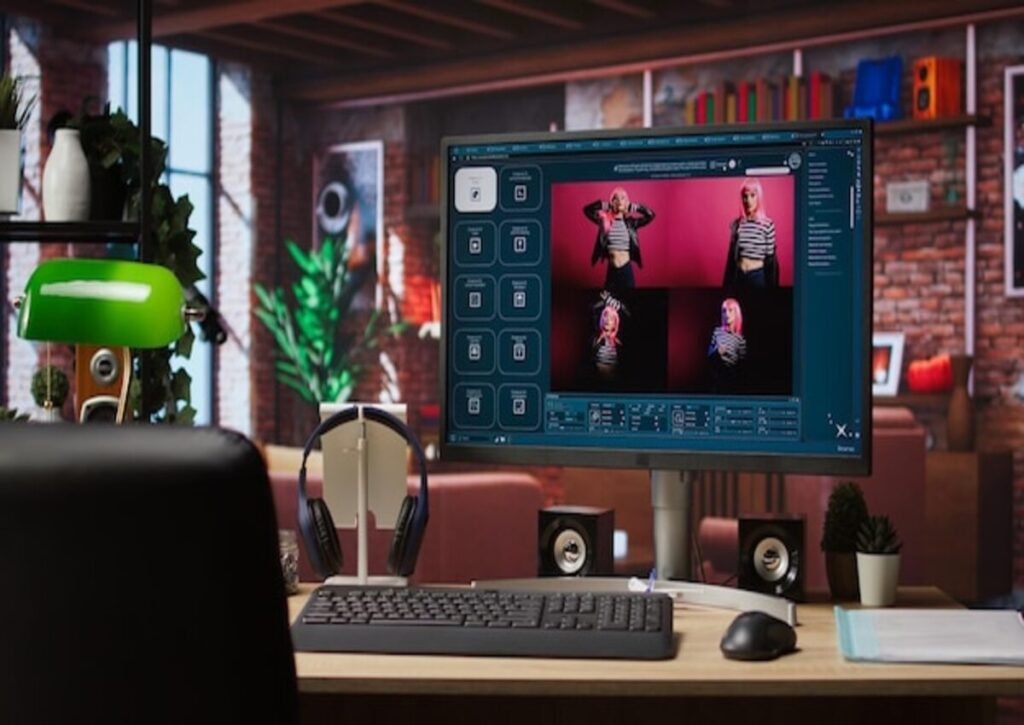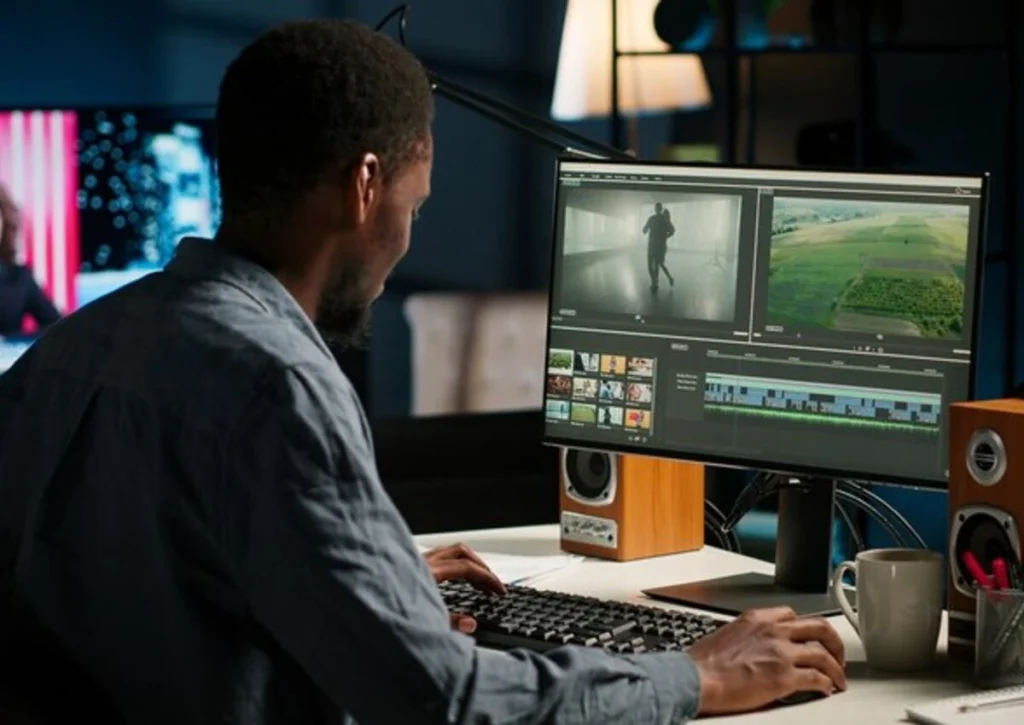If you’ve ever wandered into the world of animated storytelling online, you’ve probably come across something called SFM Compilation. It’s not just a trend, it’s an evolving digital art form that has completely changed how animators, editors, and storytellers bring characters to life.
SFM is the acronym (Source Filmmaker) of a very potent 3D animation program that was initially created by Valve, creators of Team Fortress 2 and Half-Life. It is no longer the toy of a hobbyist but a giant creative revolution that sees creators create cinematic scenes, gaming shorts, and even viral memes that splash social media and YouTube.
Why SFM Compilations Are So Popular
The beauty of compilations of SFM is in the freedom. SFM allows anyone with a vision to become the director, unlike traditional animation software, which requires technical accuracy and large budgets. Models of popular games are used by the animators, and the expressions are manipulated, the lights are dramatically used, and the short films appear to be made with incredible professionalism.
SFM compilations are often a mix of several short animations, seamlessly combined into one creative reel. These compilations showcase talent, humor, storytelling, and sometimes even deep emotional narratives, all built from the imagination of independent creators.
The Creative Backbone: How SFM Compilation Works
Behind every great compilation is a blend of creativity and technical skill. The process usually starts with scene planning, deciding what story or emotion the creator wants to convey. Then comes character modeling, where existing assets from games like Half-Life 2, Portal, or Overwatch are imported into the Source Filmmaker engine.
The magic happens in lighting and motion. Proper camera angles, shadows, and smooth transitions make SFM animations feel cinematic. Once all the clips are polished, editors compile them together, creating the final “SFM Compilation” that viewers love to binge-watch.
Why SFM Compilation Is More Than Just Animation
SFM compilations aren’t just for fun; they represent a new generation of digital creators who merge gaming, art, and technology. What used to take animation studios weeks to produce can now be done by passionate individuals from their bedrooms.
This new wave of digital art is redefining how people think about 3D storytelling. Platforms like YouTube, SFM Compile Club, and Reddit communities have turned into creative hubs for animators to showcase their masterpieces, share tips, and collaborate globally.
SFM Compilation and Its Impact on Digital Creativity
It is impossible to underestimate the impact of SFM compilations. A significant number of professional animators in the present day began using Source Filmmaker. It opened their doors to learning about motion design, lighting, and storytelling. The community is famous for distributing free tutorials, resources, and models, and allows beginners to learn quicker than ever.
Even brands and content creators have started using SFM-style edits to engage gaming audiences. It’s a clear sign that this creative niche has evolved from underground fandom to mainstream influence.
The Future of SFM Compilation
The next chapter of SFM compilations looks even brighter. With advances in AI-powered rendering, motion capture, and real-time editing, the barrier to entry keeps dropping. Soon, anyone with a laptop and an idea could craft Hollywood-level scenes right at home.
The developers have already begun to experiment with integrating SFM with other engines, such as Blender and Unreal Engine, to create confusion between gaming and cinematic production. Such cross-platform creativity is taking digital animation to the limits.
Final Thoughts
SFM compilation is not another online trend; it is the pulse of contemporary digital storytelling. It is the place where passion clashes with innovation, and where gamers become filmmakers. In this evolving creative space, resources and communities matter more than ever. That’s why platforms like undergrowthgameline play a vital role by offering guidance, tools, and inspiration to help creators push their SFM storytelling to new heights.
So the next time you see an SFM Compilation trending online, know that behind those few minutes of animation lies hours of creative labor, artistic brilliance, and technical mastery. It’s proof that storytelling in the digital age has no limits, only imagination.


